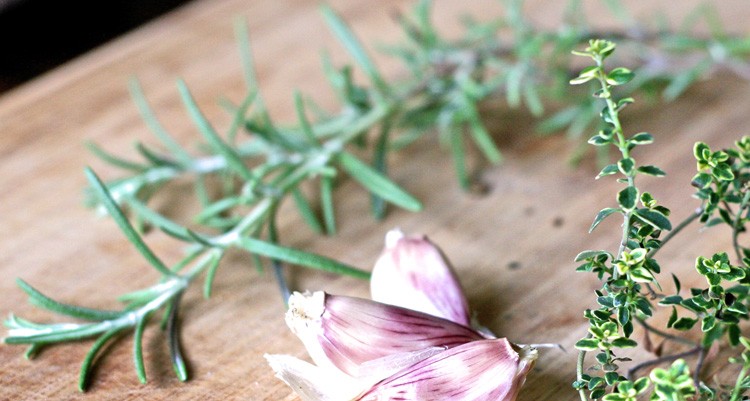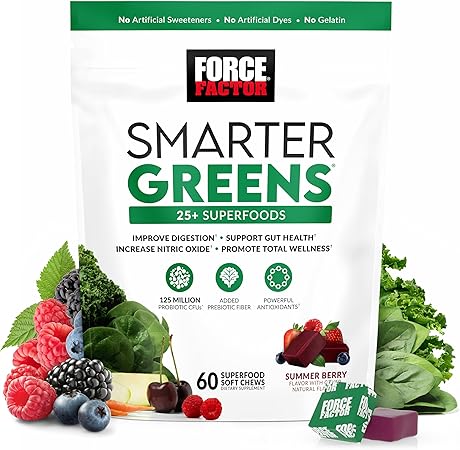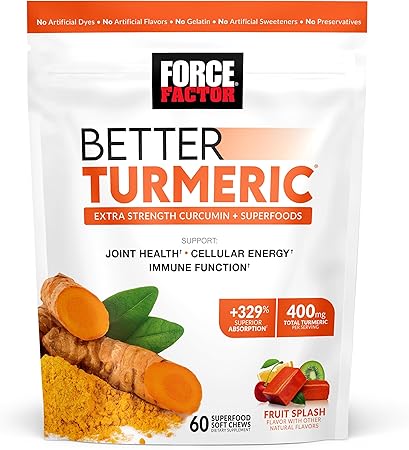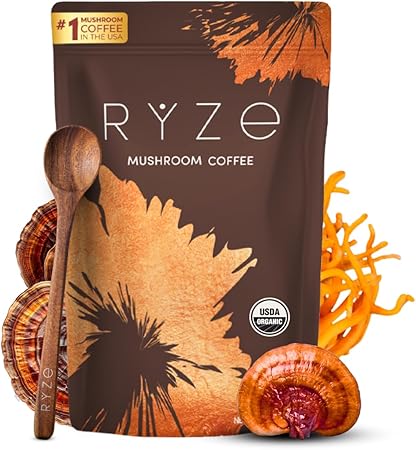
Rosemary has always been known as a versatile, aromatic herb. For centuries, rosemary has been used for everything from scent for cosmetics and perfumes to insect repellants, ingredients for a variety of dishes to herbal medicine.
The rosemary is known to scientific circles as Rosmarinus officinalis and it is native to the Mediterranean area. It is a member of the mint family and as such its leaves are evergreen in color. It is related to other popular herbs like basil, marjoram, and oregano.
Usage of rosemary dates back to 500 B.C. when it was used as a culinary and medicinal herb by the ancient Greeks and Romans. Today, it is still a popular spice and an even more popular herb.
In 1987, researchers at Rutgers University in New Jersey patented a food preservative derived from rosemary. It seemed that extract from rosemary contained certain substances that reduce the effects of oxidation which turns apples brown. In later studies, this substance was identified as rosemary antioxidant extract.
Rosemary antioxidant extract contains several beneficial substances with antioxidant properties. Some of these substances include borneol, camphor, eucalyptol, and pinene in its essential oils, which can irritate the skin. Yet, surprisingly enough, rosemary antioxidant extract is also used in rheumatic liniments and ointments for its soothing effect.
Rosemary antioxidant extract also contains chemicals called quinine. Quinones are rosemary antioxidant extracts that, according to laboratory studies, can inhibit carcinogens which are linked with cancer. Thus, rosemary antioxidant extract is ranked high on the list of cancer-prevention and reduction foods.
Rosemary antioxidant extract may be bought in the form of dietary supplements where usually, they are accompanied by other popular antioxidant nutrients such as vitamins C, E, and A. However, if you want to get the most out of the benefits of rosemary antioxidant extract, fresh rosemary is the best choice.
You can make your own rosemary antioxidant extract from fresh rosemary available in markets year-round. Dried and powdered versions of rosemary antioxidant extract are also available in the spice section. For best effect in your rosemary antioxidant extract, store fresh rosemary in a plastic bag or in a glass of water in the refrigerator. To dry your own rosemary antioxidant extract, hang fresh sprigs in a warm, dry place.
The formula for standardized rosemary antioxidant extract includes, 10% picrosalvin (carnosol), 0.5% carsonic acid (rosmaricine), 2.5% rosmarinic acid HPLC. This standard is widely used in health food industry and as oil antioxidant to protect food and keep it in good condition. They also help increase general heath, cure cough, and increase eyesight.

















